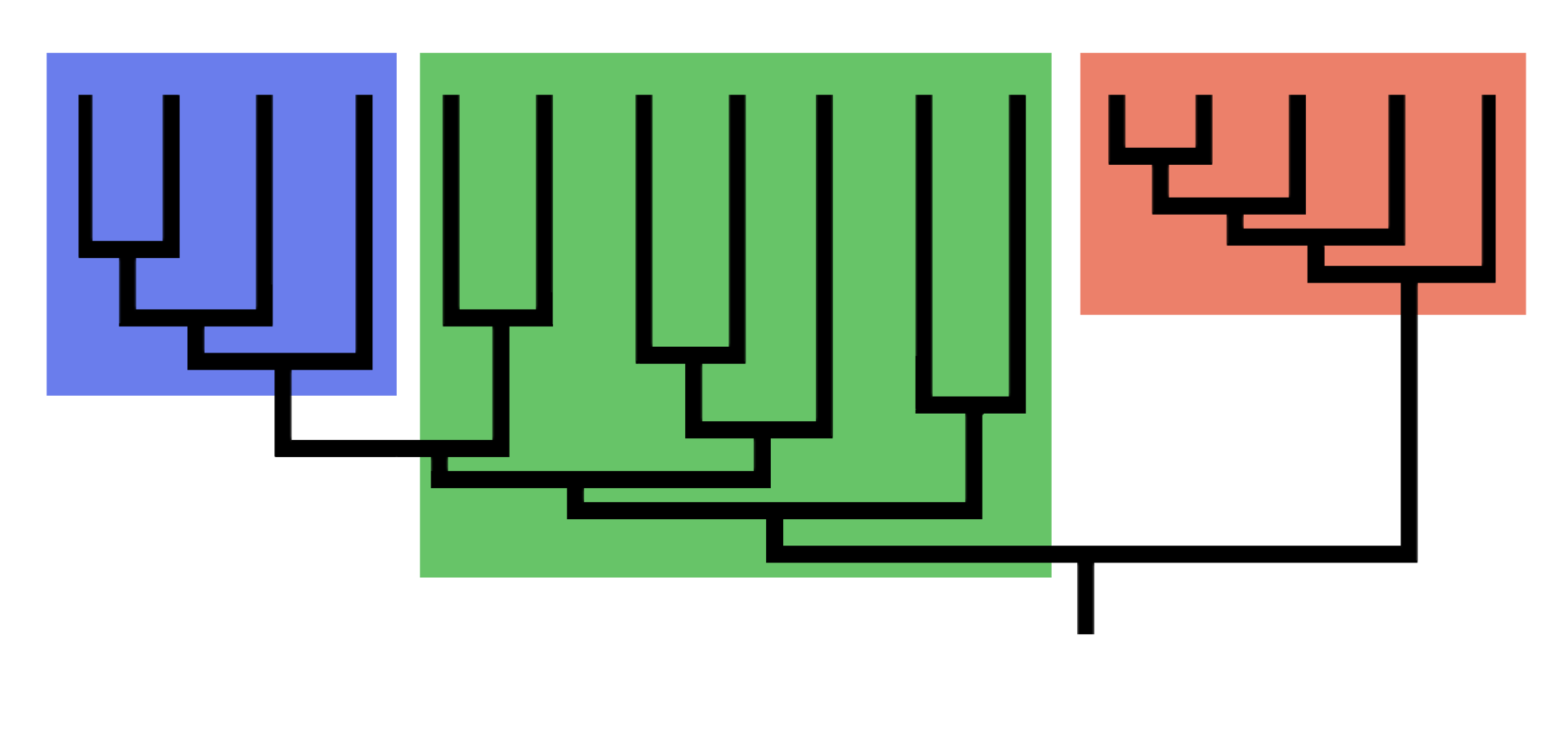Content
The course provides a theoretical introduction to phylogenetic methods with topics that deal with different data types, characteristics of phylogenetic trees, models of evolutionary change, phylogenetic signal, model testing, parsimony, "likelihood", Bayesian methods, character reconstruction and phylogenetic hypothesis testing.

Through practical exercises students will gain experience with some of the most frequently used software applications in phylogenetic research. Students will learn to prepare their data and explore its characteristics. They will learn to actively assess alternative methods strengths and weakness and how to design and carry out phylogenetic and comparative studies including various forms of tree search and comparative analyses. Further, students will learn how to present their results with various graphics programs. Finally, students will actively apply learned skills to analyse a dataset, interpret the results and write a comprehensive report.
Learning Outcomes
The course aims to enable students to be able to reproduce key parts of a phylogenetic analysis of a given research publication and to evaluate results and conclusions of such work. Having completed the course, a student is expected to be able to prepare and perform phylogenetic analysis by:
- using appropriate software to align and compile DNA sequence data
finding and using relevant "Gene Bank" information about homologous DNA sequences - finding the reading frame for a protein coding gene with a relevant codon table
- concatenating different data sets in one file and defining different partitions of data
- finding the best evolutionary models for different data sets and defining these models for use in the applied computer program
- calculating the tree length and the "likelihood" of a given phylogenetic tree
- using optimal methods for tree search with parsimony and "likelihood"
- applying Bayesian methods to search for tree topology, calculation of the clade probability, branch lengths, and parameter values for a given model
- using different molecular clocks
- applying various digital graphic formats of phylogenetic trees for publication
- demonstrating a good understanding of how different phylogenetic tree structures are interpreted as signatures of different evolutionary processes
Each student is expected to bring a laptop with preinstalled software (detailed instructions will be sent before the course to the admitted students).
Credits. 5 ECTS for a passed take-home exam (to be distribute electronically in early December 2023). Participants will receive a certificate issued by ForBio.
The course is taught by Dimitar Dimitrov (University of Bergen), invited teachers will be announced later.
Quota
The course is organised jointly by ForBio and the University of Bergen (UiB). Total number of students 20. Maximum 5 students can apply via ForBio. UiB students must apply for a place in the BIO332 course through UiB. ForBio applicants will be evaluated based on the registration form, which includes a paragraph for motivation and importance of the course for their study/work.
There is no course fee for ForBio members or associates. Travel and shared accommodation are covered for ForBio members based at Norwegian institutions. Local transportation is not covered.
Find out about how to become a ForBio member/associate here.
Please apply for the course here.
Application deadline: October 15th, 2023
Contact Dimitar Dimitrov (Dimitar.Dimitrov@uib.no) for questions about the content of the course or Nataliya Budaeva (Nataliya.Budaeva@uib.no) for more information about ForBio and course logistics.
